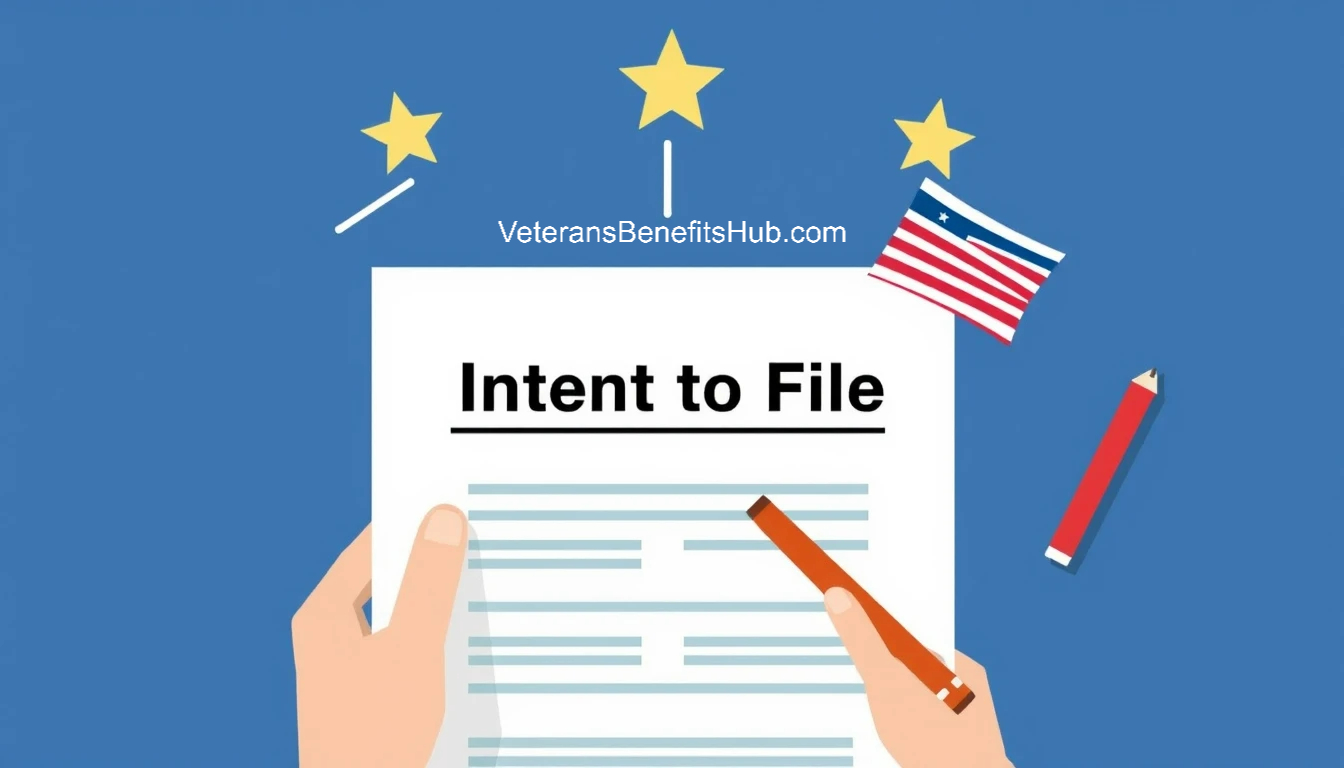
Protecting Your Back Pay: A Strategic Workaround for the VA Intent to File Process
Understanding the “Intent to File” process is absolutely critical for veterans pursuing VA disability compensation. This form doesn’t just initiate your claim process—it can also preserve your effective date, protect your rating under current schedules, and potentially secure tens of thousands of dollars in back pay.
Unfortunately, many veterans overlook how to strategically use the Intent to File, especially as its 12-month deadline approaches. This article highlights a powerful workaround that may preserve your benefits, even if you’re not fully ready to file your complete claim before the Intent to File expires.
The Importance of the Intent to File
The Intent to File form establishes an early effective date for your VA claim. If approved, your compensation may be backdated to the date the form was submitted—so long as you submit your actual claim within 12 months. Beyond this, it locks in the rating criteria in effect at the time you filed, which could be essential if changes to the VA rating schedule make future claims less favorable.
For example, consider sleep apnea. If the VA rating schedule becomes less generous after your intent to file is submitted, your claim may still be reviewed under the old, more favorable criteria—so long as you file your claim within the one-year window.
Workaround When Time Is Running Out
Let’s say your Intent to File is about to expire and you still haven’t gathered sufficient evidence for your claim. Perhaps you were planning to file for five separate conditions but lack the necessary nexus evidence (the link between your condition and military service).
Here’s what you can do:
Submit your claim anyway—list all five conditions.
Include any available documentation: DD214, current diagnoses, and any minimal supporting materials you do have.
Understand the likely outcome: the VA may deny your claim due to insufficient evidence.
While that might seem discouraging, it actually opens up a new path. A denial starts a one-year clock during which you can submit a supplemental claim. This supplemental claim allows you to add new and relevant evidence—such as nexus letters, buddy statements, or medical records you were initially missing.
How the Timeline Works
Here’s a simplified breakdown of how the timing might unfold:
Month 0: Submit Intent to File.
Month 12: Submit initial claim before the intent expires.
Month 24: VA issues denial decision.
Month 36: Submit supplemental claim with new evidence.
Month 48: VA grants claim—your back pay could stretch all the way to the original Intent to File date.
In this example, a veteran receiving $1,000 per month could be awarded up to $48,000 in back pay.
Understanding Effective Dates
Effective dates can vary and may be based on several factors:
Date of diagnosis
Date of claim
Date of Intent to File
Date of a new law (e.g., PACT Act-related provisions)
It’s not uncommon for veterans to receive an effective date later than their Intent to File. This usually happens when there is no medical evidence proving the existence of a condition prior to diagnosis or when a condition is not service-connected at the time of the claim.
Final Thoughts
The key takeaway is this: Always file your Intent to File to secure your earliest possible effective date, and if you’re nearing the deadline without sufficient evidence, submit your claim anyway. You may be denied, but that denial opens a path to resubmit with stronger evidence through a supplemental claim—and potentially secure years of back pay in the process.
Disclaimer: Portions of this article reflect opinion and personal strategy based on individual interpretation of the VA claims process. It is not official legal or medical advice. Veterans are encouraged to consult with a VA-accredited representative for personalized guidance.
